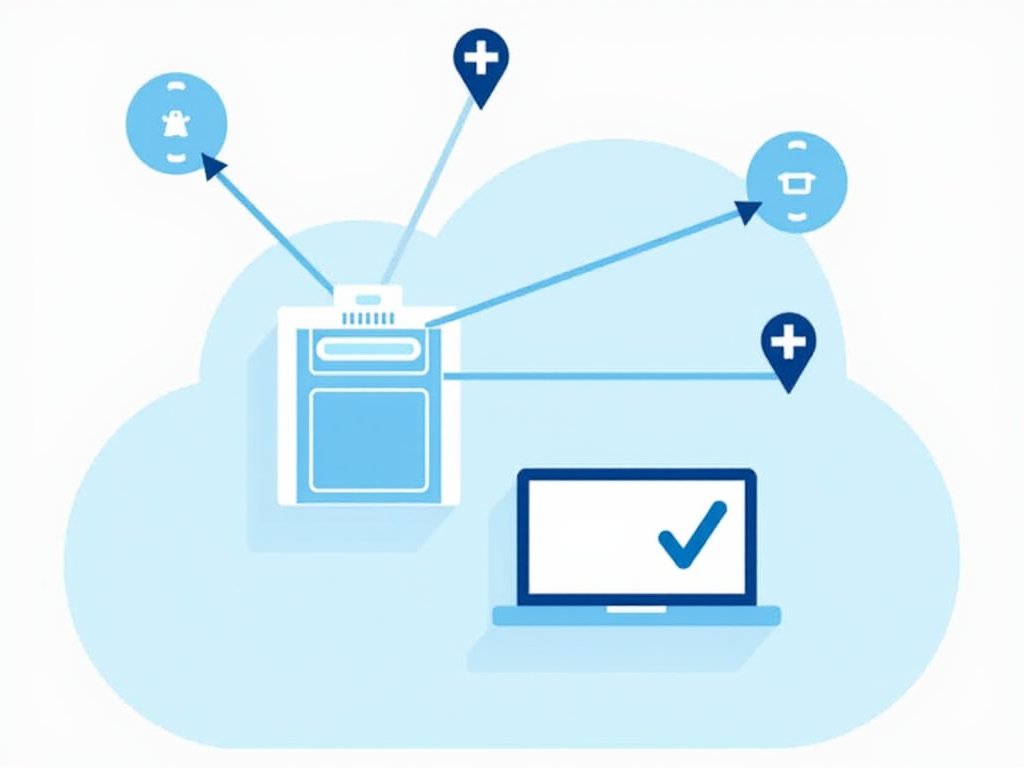Implementing an Effective Cybersecurity Awareness Program
In today’s digital age, cybersecurity is no longer just a concern for IT professionals. It has become a top priority for organizations of all sizes and industries. With the ever-evolving threat landscape, it is crucial to educate employees on the importance of cybersecurity and empower them to take an active role in protecting the organization’s digital assets.
In this article, we will explore the key elements of implementing an effective cyber security awareness program that is tailored to your organization’s needs and goals.
Setting the Stage
Before developing a cybersecurity awareness program, it is essential to understand the current state of your organization’s cybersecurity posture. This includes:
- Conducting a thorough risk assessment to identify vulnerabilities
- Reviewing existing policies and procedures related to cybersecurity
- Determining the level of employee understanding and engagement on cybersecurity issues
Developing Your Program
A comprehensive cyber security awareness program should include the following components:
1. Content Creation
Develop engaging content that is tailored to your organization’s specific needs and goals. This can include:
- Interactive training modules or webinars
- Infographics highlighting common cyber threats and best practices for mitigation
- Video tutorials on password management, phishing prevention, and other key cybersecurity topics
- Blog posts or articles on emerging trends and threat vectors
2. Communication Strategy
Develop a communication strategy that includes:
- Regular email campaigns to keep employees informed about new content, tips, and best practices
- Intranet pages dedicated to cybersecurity awareness and education
- Quarterly or semi-annual awareness events (e.g., Cybersecurity Month)
- Collaboration with HR, IT, and other departments to ensure consistent messaging
3. Training and Education
Provide regular training and educational opportunities for employees, including:
- Mandatory cyber security awareness training for all employees
- Optional advanced training for select groups (e.g., IT staff, management)
- Gamification elements, such as quizzes or challenges, to encourage employee engagement
4. Metrics and Evaluation
Establish key performance indicators (KPIs) to measure the effectiveness of your program, including:
- Employee engagement and participation rates
- Reduction in phishing attempts or malware incidents
- Improvement in password strength and complexity
- Increase in employee-reported cybersecurity incidents
Implementation and Maintenance
To ensure the success of your cyber security awareness program, consider the following implementation and maintenance strategies:
1. Champion Appointment
Appoint a dedicated champion to oversee the program’s development, implementation, and ongoing evaluation.
2. Regular Content Refreshment
Regularly update and refresh content to keep employees engaged and informed about emerging cybersecurity threats and best practices.
3. Employee Feedback Mechanisms
Establish mechanisms for employees to provide feedback on the program, including suggestions for improvement or new topics of interest.
Conclusion
Implementing an effective cyber security awareness program is a crucial step in protecting your organization’s digital assets and reducing the risk of cyber attacks. By developing engaging content, establishing a solid communication strategy, providing regular training and education, and establishing metrics and evaluation criteria, you can empower employees to take an active role in cybersecurity and ensure the long-term success of your program.
Additional Resources



